The future: smelling people

Chemistry professor Akos Vertes holds a semiconductor wafer with REDIchip chips. Photo: George Washington University
As you know, dogs and some other animals are able to distinguish people by smell. Dogs can even distinguish the smell of identical twins with an identical genome, which seems completely unbelievable (however, their fingerprints are also slightly different).
People use dogs as “biological sensors” to track missing people by their smell, to search for drugs, etc. But if the new development of chemists from George Washington University is developed and improved, then the dog’s abilities can be embodied in a computer microchip. And then we are faced with completely new opportunities, not only in medicine, security systems, personal identification, surveillance cameras and explosive detectors, but also in computer games and mobile applications for smartphones, where such sensors will be built.
Imagine that on the smartphone screen you see a chemical trace left by a specific person who has passed here. Or a heat map of his movements around the house. The car instantly recognizes the approaching owner and turns on the ignition. The home alarm goes off when the owner approaches and opens the door for him, at the same time immediately responding to strangers. On the hunt, you immediately see where and when the beast or man passed (depending on whom the hunt is). In general, the new possibilities of technology are truly endless.
Akos Vertes, a professor of chemistry at Columbia College of Art and Sciences at George Washington University, has developed a new technology that can detect traces of chemicals in quantities of 10 -19 mol, which is unattainable for any of the existing sensors.
The technology is used to create the REDIchip (Resonance-Enhanced Desorption Ionization) microchip. As the name implies, the resonance-enhanced ionization method is used here by the desorption method , which allows one to reduce the time and amount of the substance needed to determine the biological or chemical material.
The technology is already patented, and the commercial company Protea is engaged in the development of microchips. The finished product can be purchased in July 2015, they promise. Research funding was provided by the military agency DARPA and the US Department of Energy.
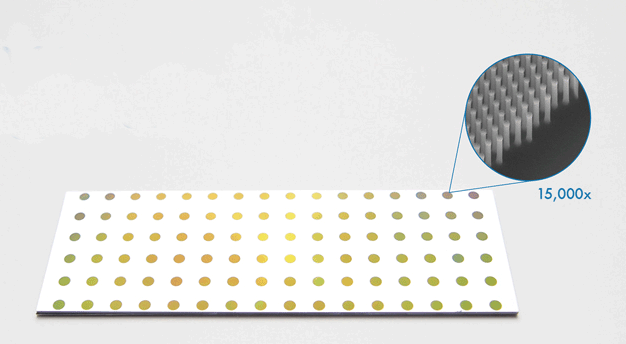
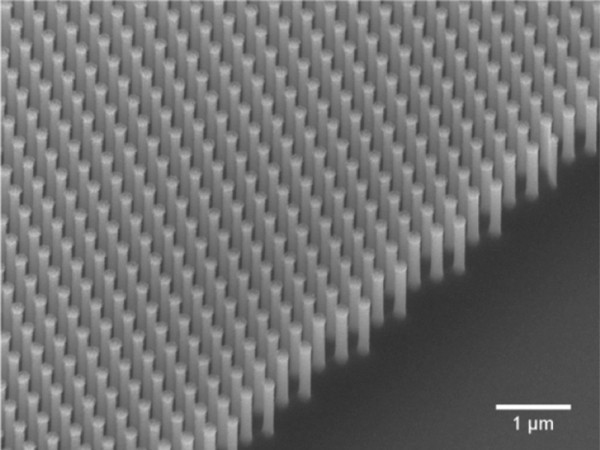
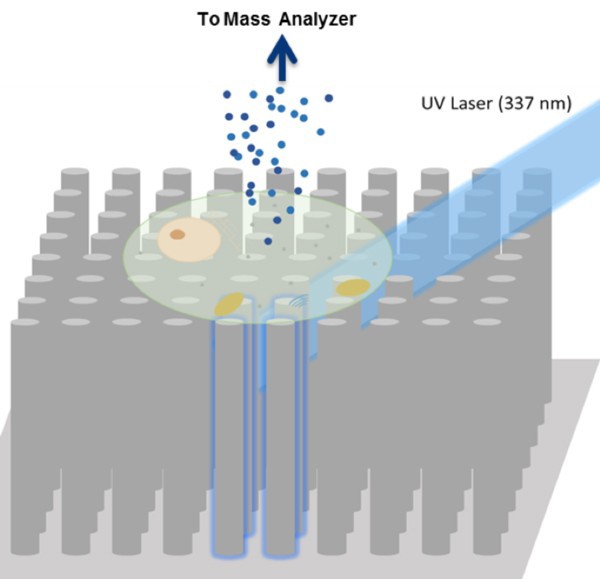
On the official REDIchip page some technical characteristics of the microchip are given: 96 plates for analysis, size 25 x 75 x 1 mm, working area 2 mm.
The diagram shows that the REDIchip's NAPA LDI-MS mass spectrometer provides clearer recognition of small molecules of verapamil and ropivocaine drugs, significantly reducing extraneous noise compared to the traditional MALDI-MS mass spectrometer.
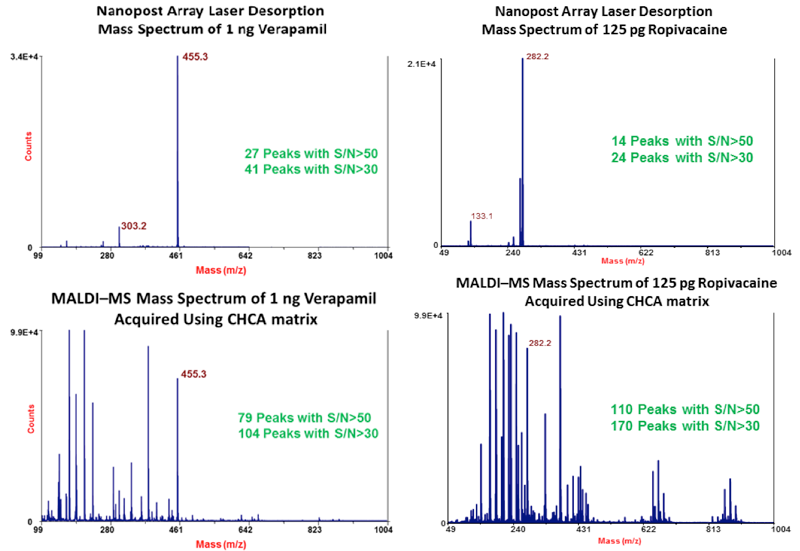
Comparison of two mass spectrometers on a mixture of complex small molecules containing clonidine (230), ropivocaine (275), verapamil 455), buprenorphine (468) and amiodarone (646).
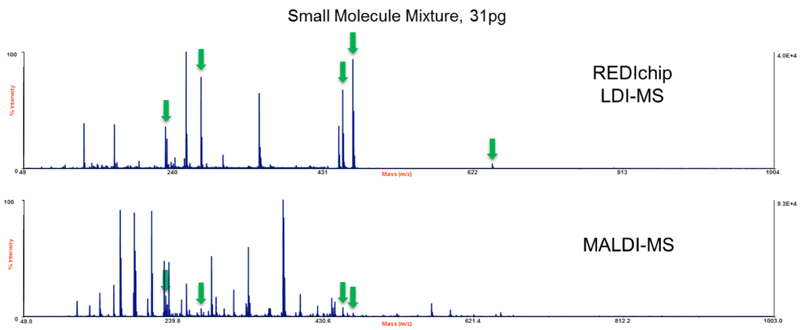
Apparently, this is the most accurate compact mass spectrometer on the market.
